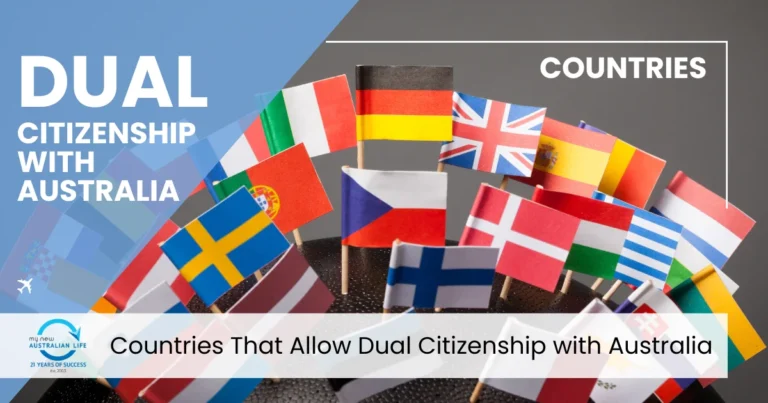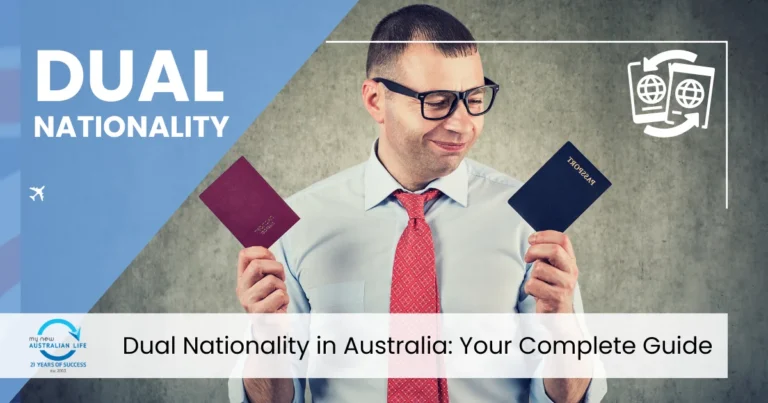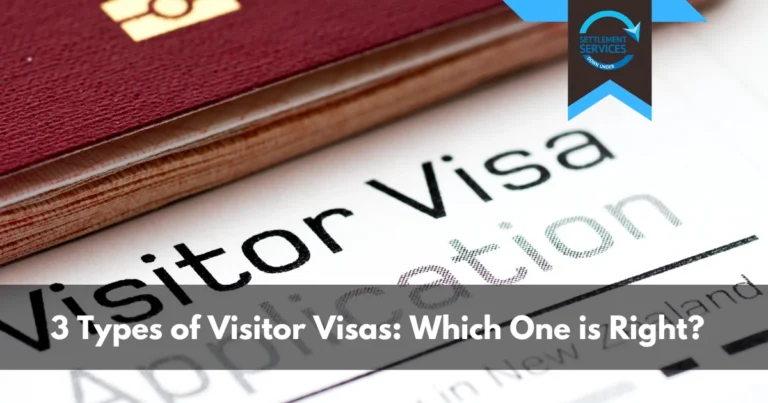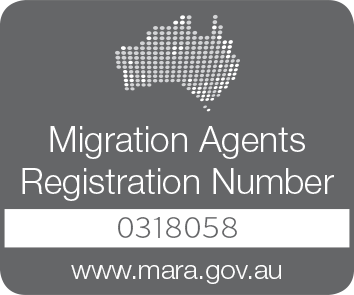The 143 Contributory Parent Visa is a popular pathway for parents of Australian citizens, permanent residents, or eligible New Zealand citizens to live in Australia permanently. However, one of the most important factors applicants need to consider is the processing time for this visa. Understanding the processing time, factors that affect it, and ways to manage expectations can make the application process smoother and less stressful. We’ll cover everything you need to know about the 143 Visa processing time and provide tips to ensure your application is as seamless as possible.
Current 143 Visa Processing Time
As of latest update, the processing time for the 143 Visa is as follows:
| Processing Time | Timeframe |
|---|---|
| 25% of applications processed | 48 months |
| 50% of applications processed | 58 months |
| 75% of applications processed | 65 months |
| 90% of applications processed | 70 months |
The processing time for the 143 Visa is lengthy, often stretching over several years. Applicants should be prepared for a waiting period and plan accordingly.
What is the 143 Visa?
The 143 Visa, officially known as the Contributory Parent (Permanent) Visa (Subclass 143), allows parents of eligible Australian sponsors to live in Australia permanently. It is designed for parents who are willing to make a financial contribution to offset their future healthcare and other costs.
Key Features:
- Permanent residency in Australia.
- Access to Medicare and social security benefits (after waiting periods).
- Eligibility for Australian citizenship (after meeting residency requirements).
- Ability to sponsor family members for visas.
Costs Associated with the 143 Visa
The 143 Visa involves significant costs, including:
| Fee Type | Amount (AUD) |
| Initial Visa Application Charge | $4,425 |
| Second Visa Application Charge | $43,600 |
| Medical Examination | Varies |
| Police Checks | Varies |
It is essential to budget for these costs, as they are a critical part of the application process.
Factors Affecting Processing Time
The processing time for the 143 Visa can vary based on several factors. Understanding these can help you set realistic expectations:
1. Application Volume
The Department of Home Affairs receives a high volume of applications for parent visas, including the 143 Visa. This demand contributes significantly to the long waiting times.
2. Completeness of Application
Applications that are incomplete or lack required documentation are often delayed. Ensure all forms, supporting documents, and payments are submitted correctly.
3. Priority Processing
Parent visas, including the 143 Visa, are not considered high-priority visas compared to skilled migration or family reunification visas. This lower priority contributes to longer processing times.
4. COVID-19 Impact
The global pandemic significantly impacted visa processing times due to resource reallocation and travel restrictions. While processing has resumed, backlogs remain.
5. Health and Character Checks
Delays in completing health assessments or obtaining police clearance certificates can also extend processing times.
Application Stages and Timeline
Stage 1: Lodging the Application
Once you submit your application, the Department will confirm receipt. You will also receive a Bridging Visa if you are applying onshore. At this stage, the waiting period officially begins.
Stage 2: Document Assessment
The Department assesses the documentation provided, including proof of relationship, financial contributions, health checks, and character requirements. You may be asked to provide additional documents, which can extend processing times.
Stage 3: Queue Placement
After initial assessment, your application is placed in a queue. The queue position depends on when your application was lodged and whether it is complete.
Stage 4: Request for Second Visa Application Charge (VAC)
Once your application reaches the final assessment stage, you will be required to pay the second VAC. This fee is a significant amount and must be paid promptly to avoid further delays.
Stage 5: Visa Grant
After completing all requirements, including health and character checks, the Department will grant the 143 Visa, allowing you to live in Australia permanently.
How to Minimize Delays
Although you cannot control all aspects of the 143 Visa processing time, there are steps you can take to minimize delays:
- Submit a Complete Application Double-check your application and ensure all required documents are included. Incomplete applications are one of the leading causes of delays.
- Pay Fees Promptly Ensure all visa application charges are paid on time. Delayed payments can hold up your application.
- Respond to Requests Quickly If the Department asks for additional information or documents, provide them as quickly as possible to avoid unnecessary delays.
- Use a Registered Migration Agent A migration agent can help you navigate the complex application process and ensure all requirements are met.
- Keep Documents Up to Date Ensure your police checks, health assessments, and other time-sensitive documents are current and valid.
Bridging Visa Information
If you apply for the 143 Visa onshore, you will be granted a Bridging Visa that allows you to stay in Australia while your application is processed. The Bridging Visa comes with specific rights and conditions, such as work and study rights, but does not allow travel outside Australia without prior approval.
Tips for Managing the Waiting Period
The extended processing time for the 143 Visa can be challenging, but there are ways to make the wait more manageable:
- Plan Financially: Ensure you have sufficient funds to cover living expenses, application fees, and other costs.
- Stay Informed: Keep track of updates from the Department of Home Affairs regarding processing times and changes to visa policies.
- Engage with Community Groups: Join social media groups or forums for other 143 Visa applicants to share experiences and advice.
- Prepare for Settlement: Use the waiting period to plan your move to Australia, including housing, healthcare, and other logistics.
Alternatives to the 143 Visa
Given the lengthy processing times, some families explore alternative options, such as:
- Temporary Contributory Parent Visa (Subclass 173) This visa allows parents to live in Australia temporarily and is a pathway to the 143 Visa. The processing time is shorter, but additional costs apply.
- Visitor Visa Parents can apply for a long-stay visitor visa to spend time with their families in Australia while waiting for their 143 Visa.
- Aged Parent Visa (Subclass 804) For parents who meet the age requirement, the 804 Visa is an alternative. However, the processing time for this visa is even longer than the 143 Visa.
The 143 Visa is an excellent option for parents who wish to join their families in Australia permanently. While the processing time can be long, understanding the factors involved and taking proactive steps can help you navigate the process with confidence. By staying organized, submitting a complete application, and seeking professional advice when needed, you can increase your chances of a successful outcome.
For tailored guidance on your 143 Visa application, contact our experienced migration agents today. Let us help you bring your family closer together in Australia.







